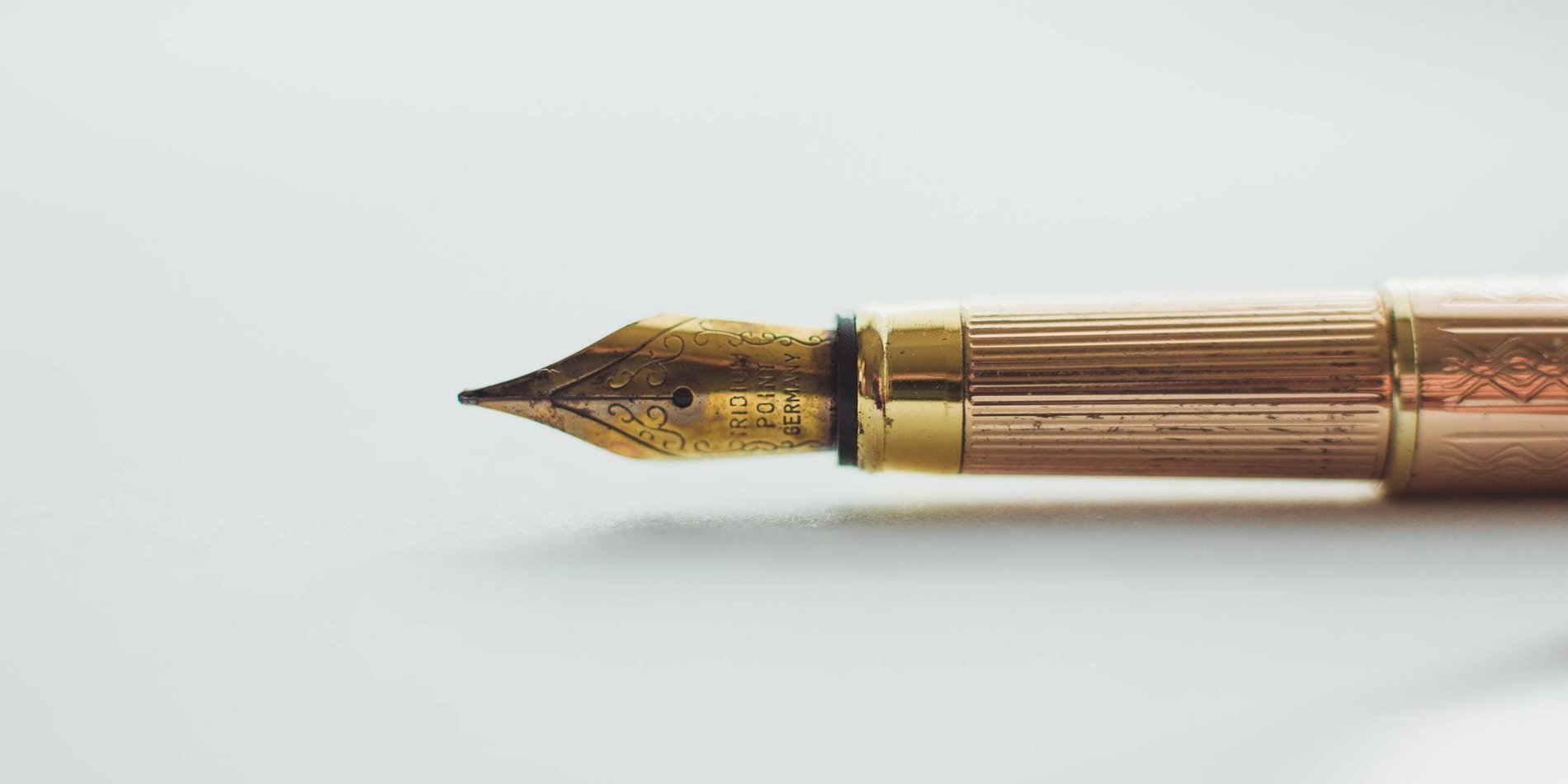Leora Dresselhaus-Marais

Where were you born and raised?
I was born at Stanford Hospital and raised in Palo Alto, for the most part.
Where did you study?
I did my undergraduate and Master of Science at the University of Pennsylvania in chemistry. Then I did my Ph.D. at M.I.T. and became a Lawrence Fellow at Lawrence Livermore National Laboratories.
What led you to the engineering field?
It's been a long path. I started knowing that I definitely didn't want to be an engineer; I wanted to be a scientist. I majored in chemistry, switched to physical chemistry for my Ph.D., and went into physics for my postdoc. And over the course of getting further into the pure sciences, I loved the work but found that as I dove deeper, I started to lose track of the impact my work could have on society. And in light of the really obvious implications of climate change that are coming online, I decided that I wanted to be able to see the impact I could have on the problems that mattered to me. And that led me back to engineering.
What led You to Stanford and your current role?
Stanford has been on my radar since I was a little kid growing up in Palo Alto. The thing that led me to Stanford was the interdisciplinarity of its research and approach to engineering problems. As I got into science/engineering, I also appreciated Stanford’s excellence in characterization - in diving into the measurement science and bringing those techniques back to important material sciences problems to have an impact. I do a lot of work in X-ray science and see it as an exciting new frontier of optical science. Using X-ray source and optics to make and use X-ray pulses for even somewhat simple techniques is incredibly nascent. The first X-ray laser to come online was in 2009 at [the] SLAC [National Accelerator Laboratory at Stanford. And so, I cannott think of a place that is better in this world for my research than Stanford. I'm still pinching myself that I got a job here.
Please describe any current research that has you most excited and motivated.
The X-ray and the optics are what brought me here and inspired me. But since I arrived here, I've seen what I came to engineering looking to do. I started to see the impact I could have based on my new projects in sustainability. There's a new direction in my group that's building upon sustainability in metals manufacturing. And while all of the projects in my group interest and excite me, one of the things that's probably most surprising to me is that I ended up in the steelmaking industry and about half of my group now works on sustainable approaches to making steel.
If you look at the CO2 footprint globally, 8% of that across every industry comes from making steel, not even forming it, just making it. And the reason for that is because it's a really hard to decarbonize industry. We've been making iron and steel for 2500 years, and we're really good at it. We make so much steel today that by weight, we make four times more steel per year than there are humans on this planet.
But to make one kilogram of steel produces almost two kilograms of CO2. So the magnitude at which this problem exists is so massive that redesigning this industry is not easy. And technologically, we don't have time to go through that same 2500 years of technological refinement to find carbon-zero approaches to making iron ores into iron, or the iron into steel.
So we have many research lines looking at approaches for decarbonizing today's technology, including projects exploring how to build new types of reactors to recycle carbon exhaust from today’s carbon-intensive blast furnace infrastructures. We also have longer-term projects looking at different stages of the iron-making process to refine the technology for carbon-zero steel-making in less than 100 years.
My group started with steel-making, but now we're getting inspired by extraction in other critical materials, where sustainable technology requires that we rethink our resource sustainability from the mining and extraction through the full life-cycle of a technology. This type of life-cycle view of sustainability in technology is a new and critical way of thinking towards sustainable technology - from cradle to grave - and connects our feed-stock materials to material selection choices for cars, buildings, computers, batteries, and more.
What motivates you, what have you achieved so far, and what do you hope to accomplish in the future?
My group has some active projects looking at the fundamental science behind manufacturing techniques. We are looking not only at the chemistry of extraction but also at metal 3D printing, and more classical studies of how to refine metals to enhance their mechanical properties. So far, we have done a lot of exciting work developing the X-ray microscopy tools to watch the microstructure form and unfold, allowing us to watch how defects seed either strength or failure.
Beyond developing our microscopes and using them to reveal new defect dynamics in materials, I am also looking forward to bringing these tools to study more applied problems in manufacturing science - including watching the real-time flow of heat and chemistry in manufacturing and extraction processes.
What advice do you have for aspiring instructors?
Probably the best one I could think of is, “don't hold yourself back”. I often see people limit themselves by asking “could I actually succeed in doing this?” If they instead were to just try it out without assumptions, they would see how far they could go, without just expecting that there's a possibility of failure.
